Why we ran it: To see if this humble but capable, seven-seater Dacia Jogger was slick enough for day-to-day use
Month 6 - Month 4 - Month 3 - Month 2 - Month 1 - Specs
Life with a Dacia Jogger: Month 6
Our senior photographer pushed this seven-seat estate to its operating limits for 18,935 miles. Here’s his final verdict - 18 Jan 2023
Thanks to modern oils and metallurgy, today’s cars don’t need servicing as often as they used to. At least that’s what the manufacturers say and prescribe. As a result, a lot of our long-term test fleet never sees a service bay from the inside before they go back to their makers. However, as a result of several jobs up north, plus a big holiday to the south of France and the big distances I usually cover for work anyway, I’ve managed to rack up more than 18,000 miles in just a few months.
So the Jogger told me it wanted servicing. I rang my nearest Dacia dealership, City Motors in Bristol. They managed to get me an appointment in a matter of days, which was helpful, because with the mileage I do, it would be easy enough to stray over the service interval.
Normally, the first service involves only an interior filter change and a general checkover, but for high-mileage drivers like me, Dacia recommends also doing the oil change at the same time. Normally, it reckons this can wait until the second year. So that’s what they did. They were very friendly when I dropped the car off and I just went to a cafe around the corner to do some work, but it didn’t take long for the car to be done.
All in, a good experience, although £299 does seem on the high side for a simple oil and filter change on a 1.0-litre three-cylinder engine. But with that, my time with the Jogger has come to an end. A budget estate car is not the sort of thing I’d naturally gravitate towards. The extra height of an SUV, let alone something van-based, is quite useful for loading all the stuff I often need to transport. But while I was more resistant to the Jogger’s charms than some of the journalists I work with, it did prove a practical and easy-going companion. Let’s cover some of the annoyances first.
Over time, some of the cheapness did start to grate. Not so much the interior materials, which were cheerful, but the lack of USB ports and the flimsy yet springy load cover were daily irritations. Above all, the driving position isn’t as well resolved as you’d hope in a modern car: there’s not enough reach in the steering wheel, the seats don’t have enough thigh support and the headrests are too far forward. No big deal if you just take the kids to football practice once a week, but rather tiring if you do big miles. The seating arrangement also isn’t as flexible as on MPVs of old.

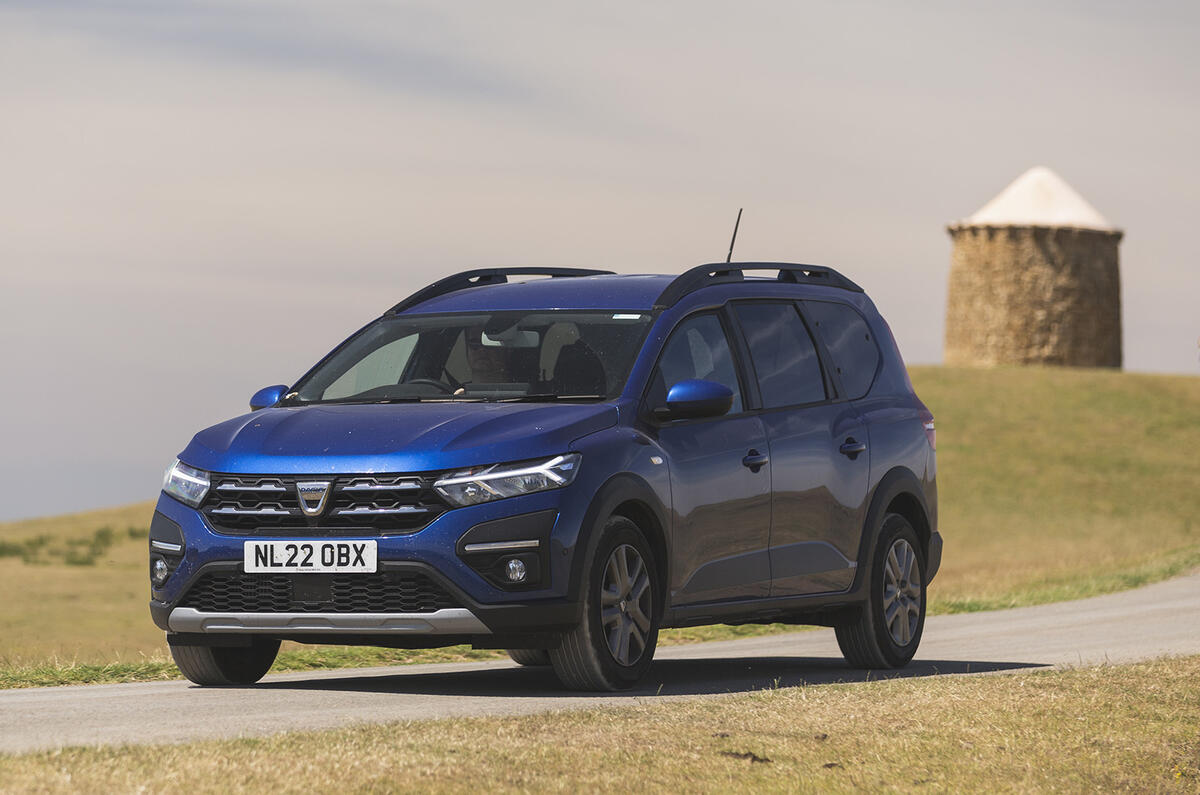
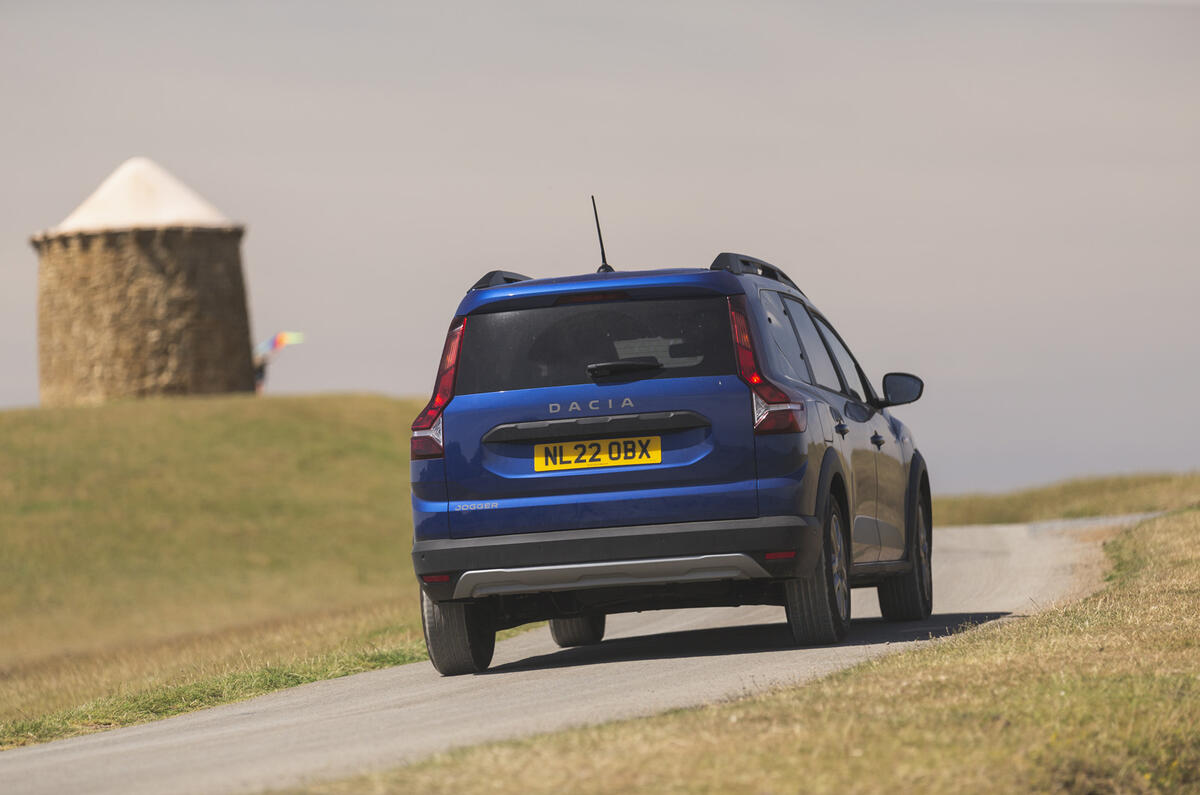
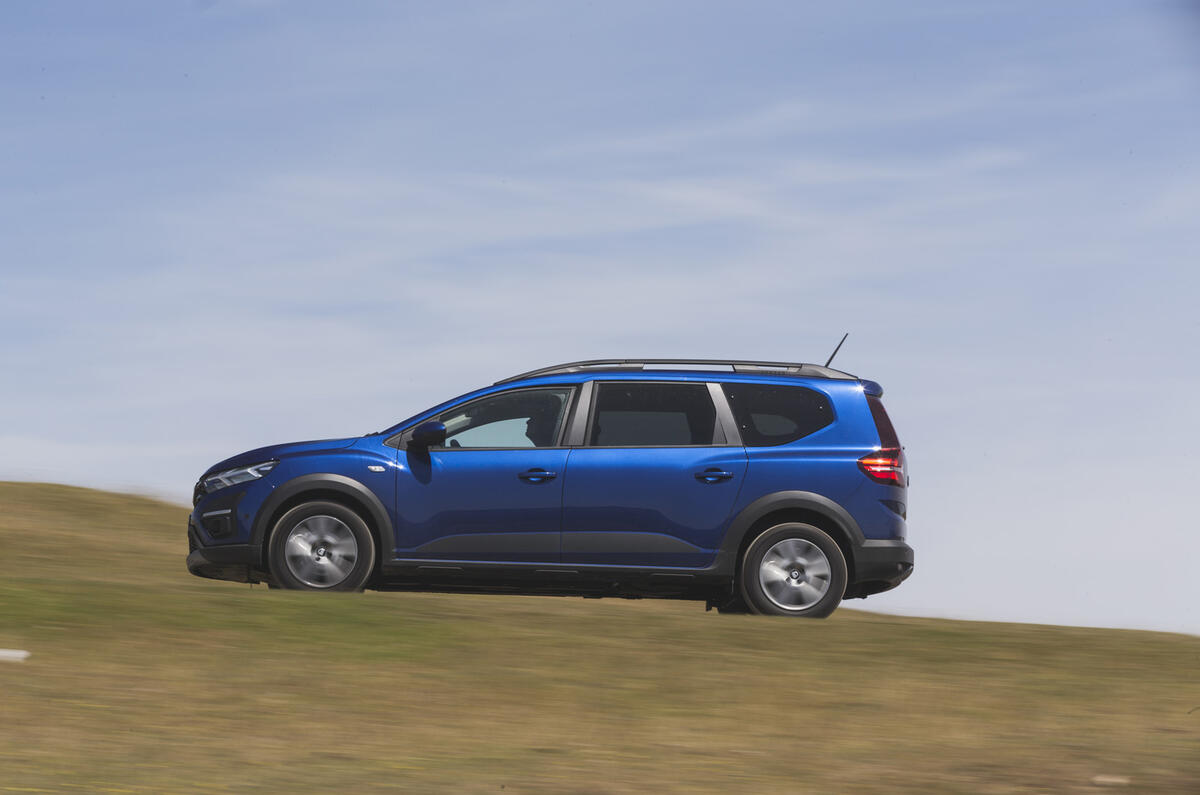
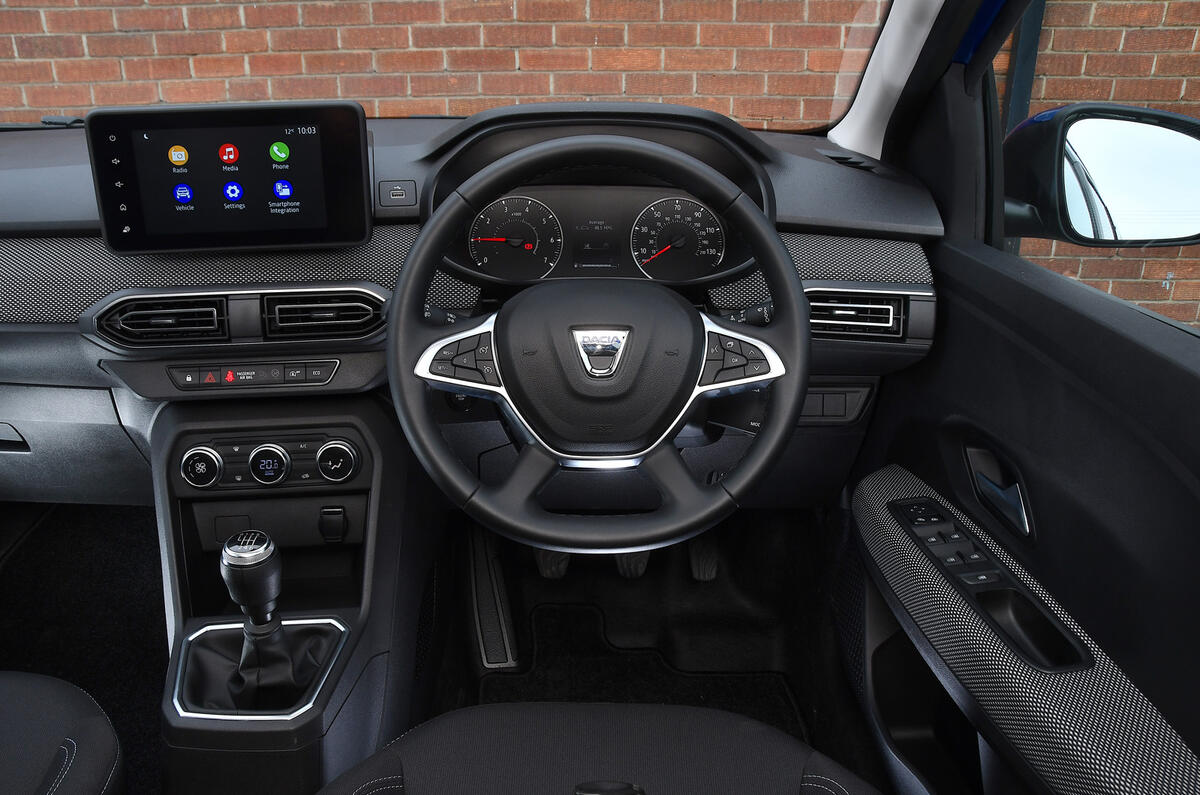
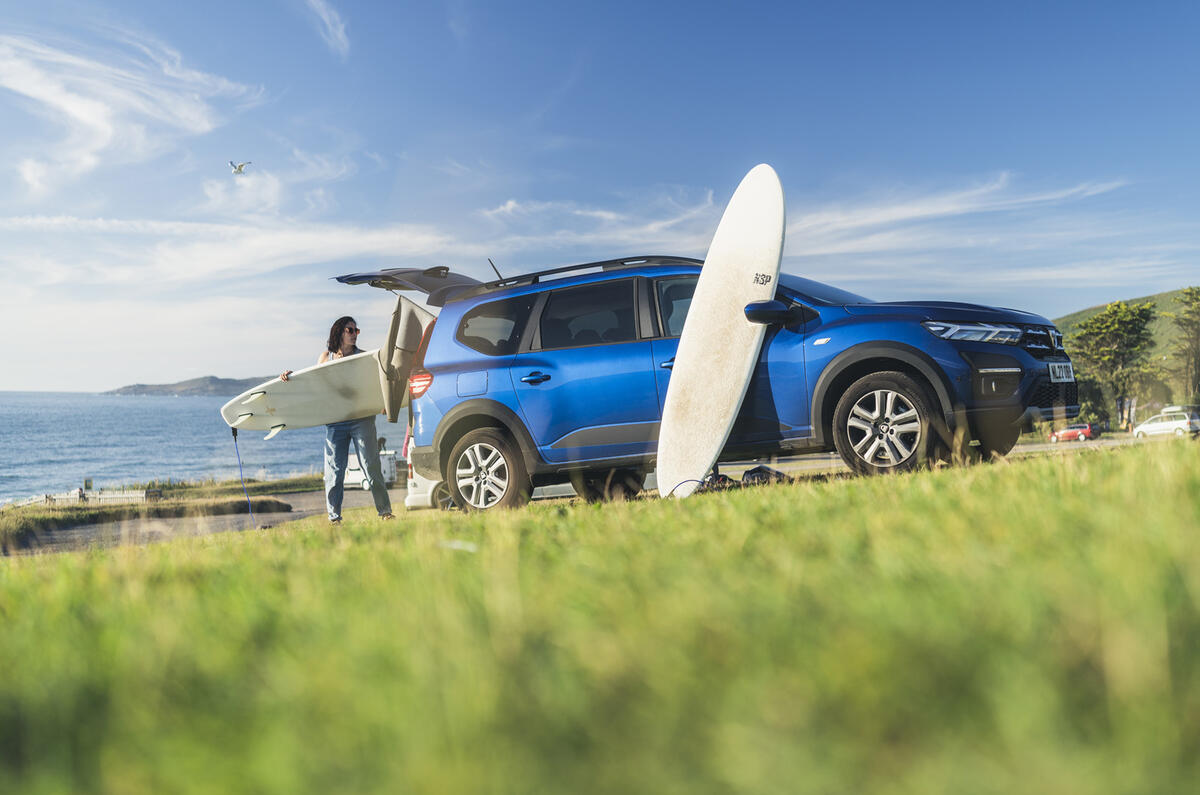

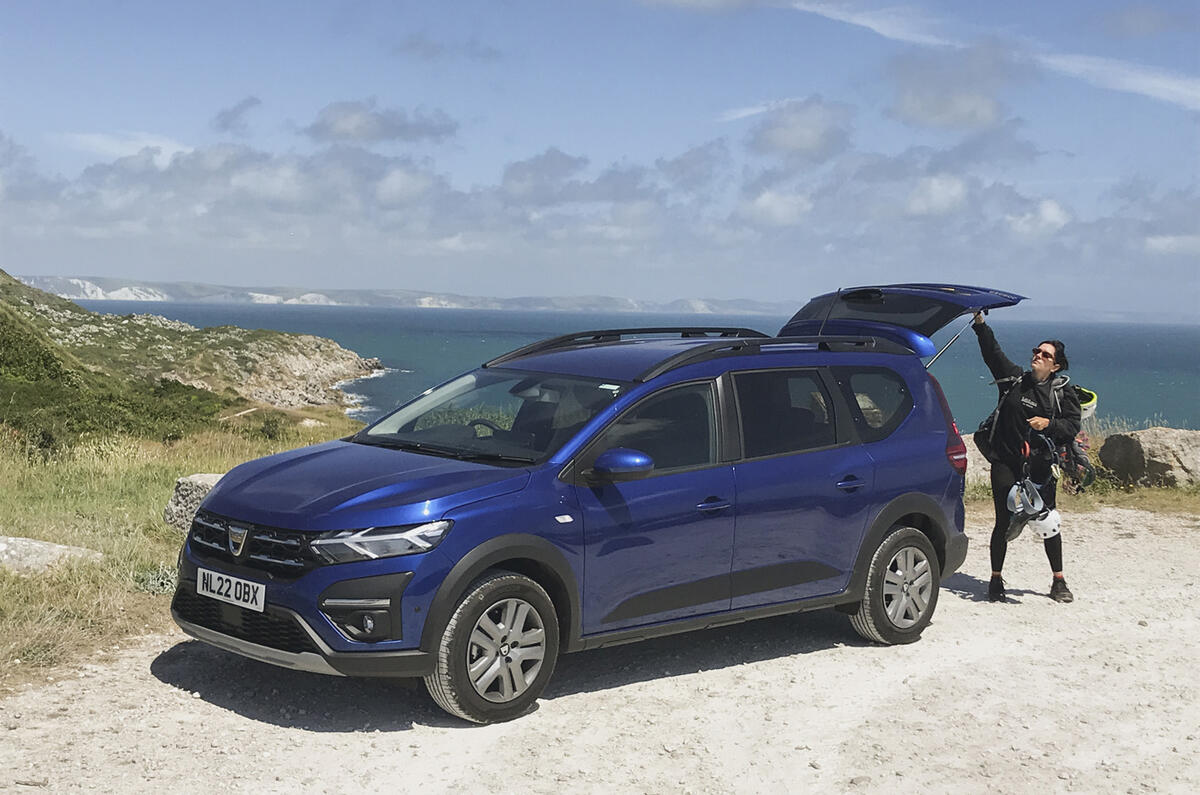
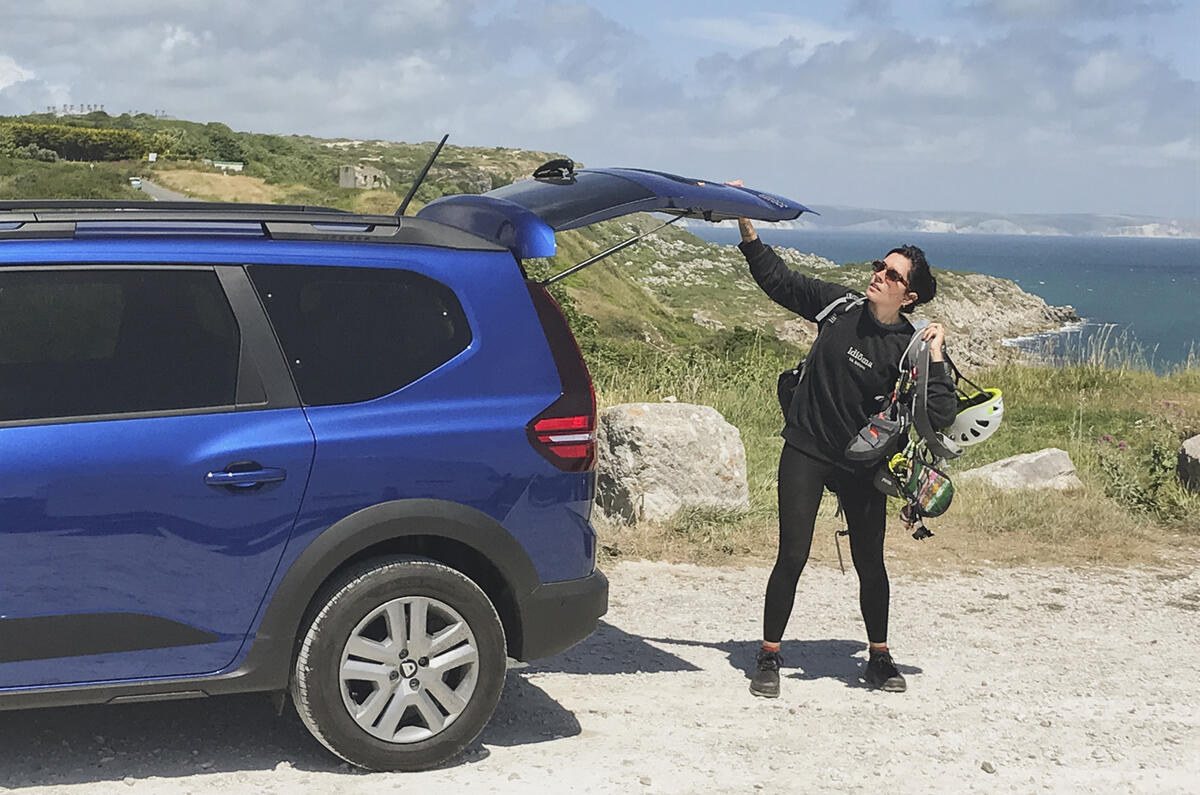

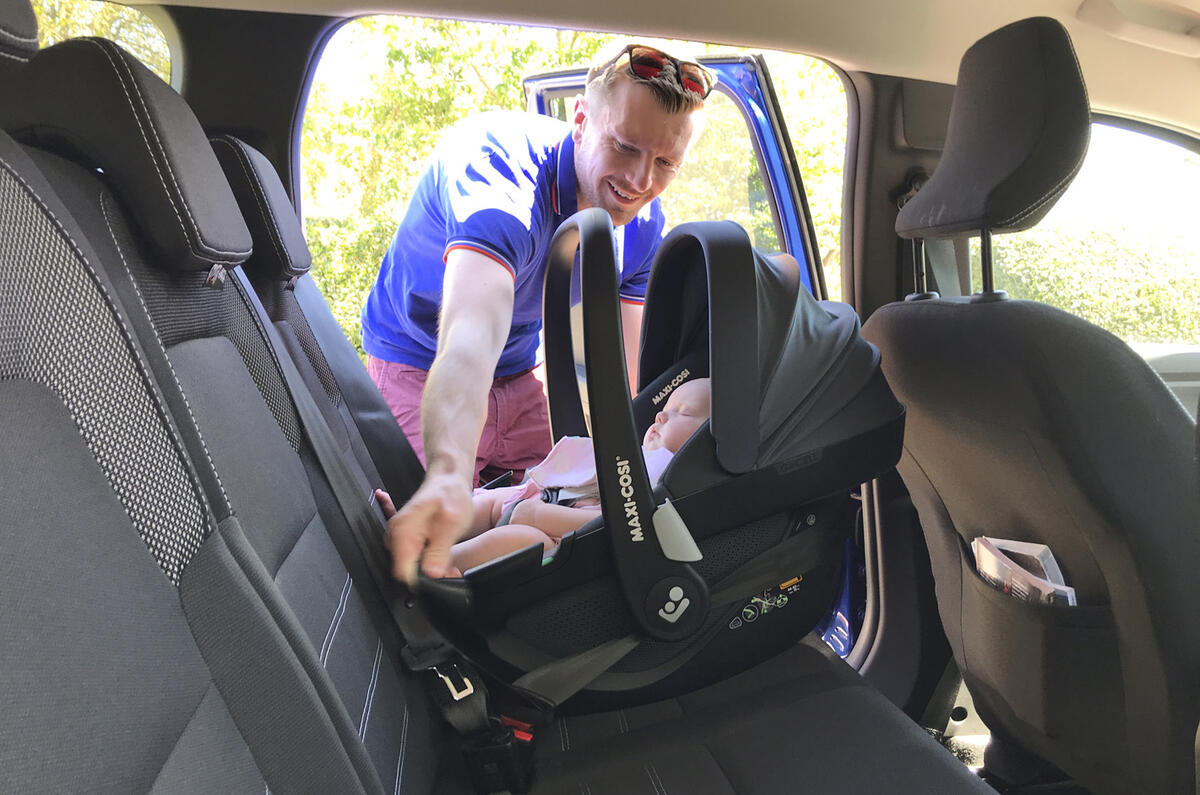
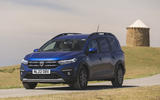


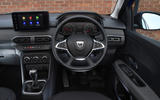
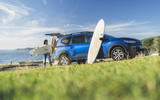
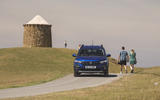
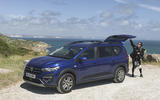
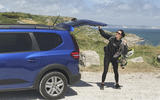
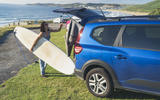
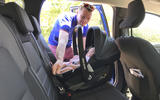
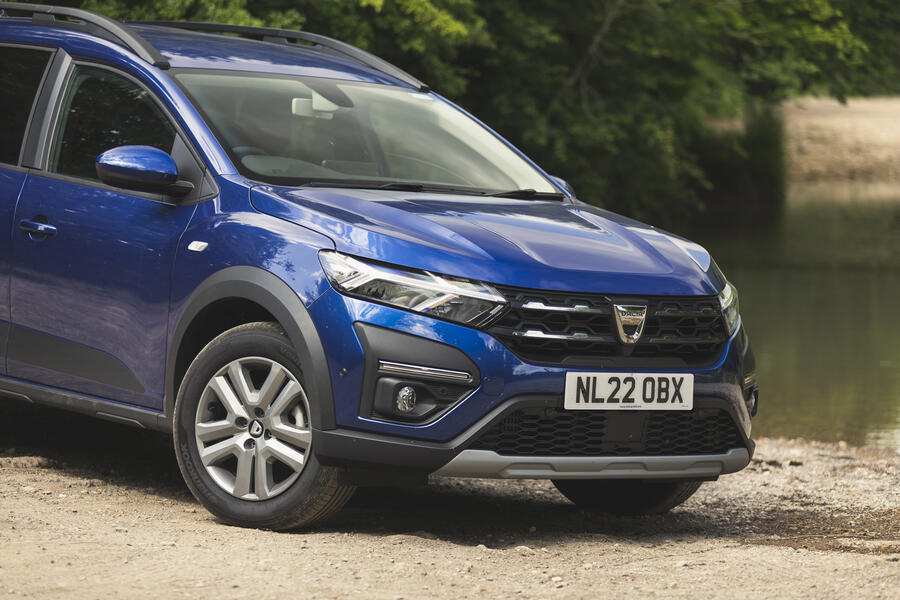
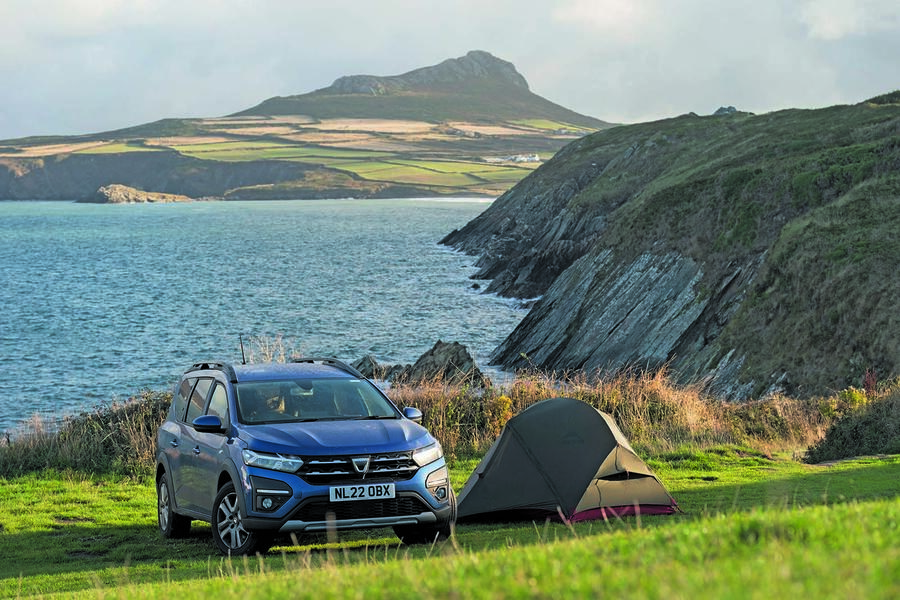

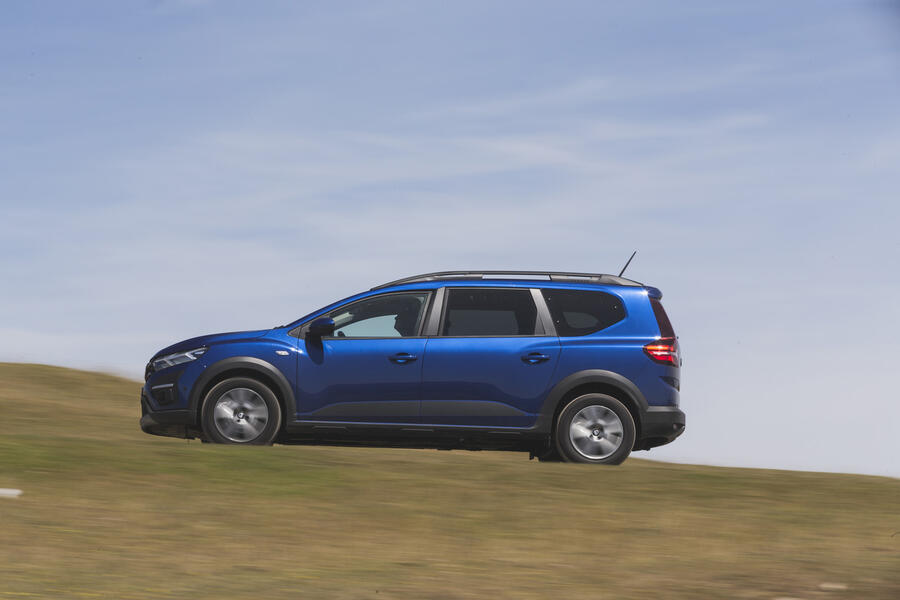
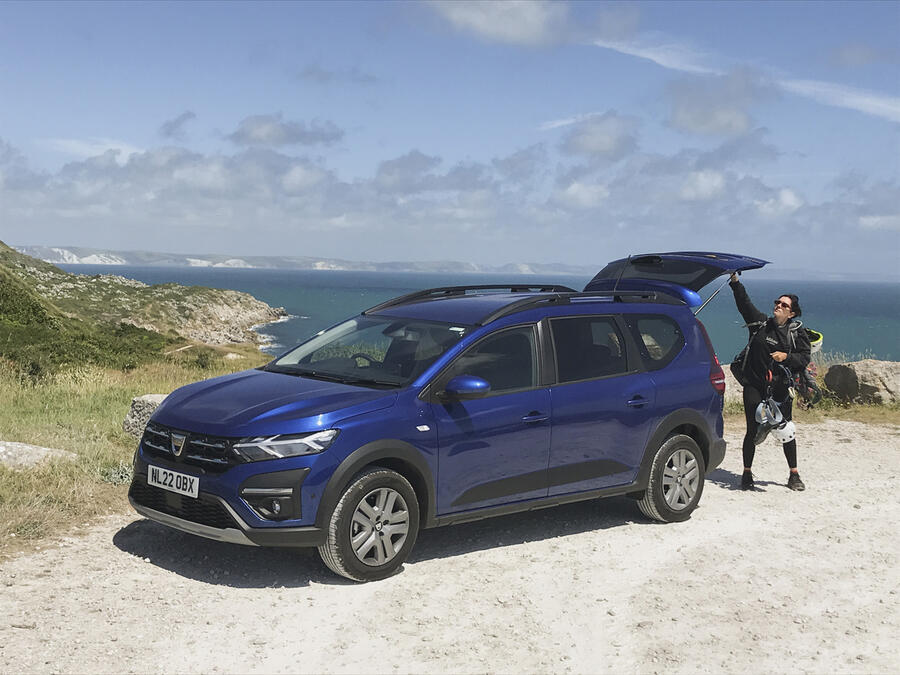
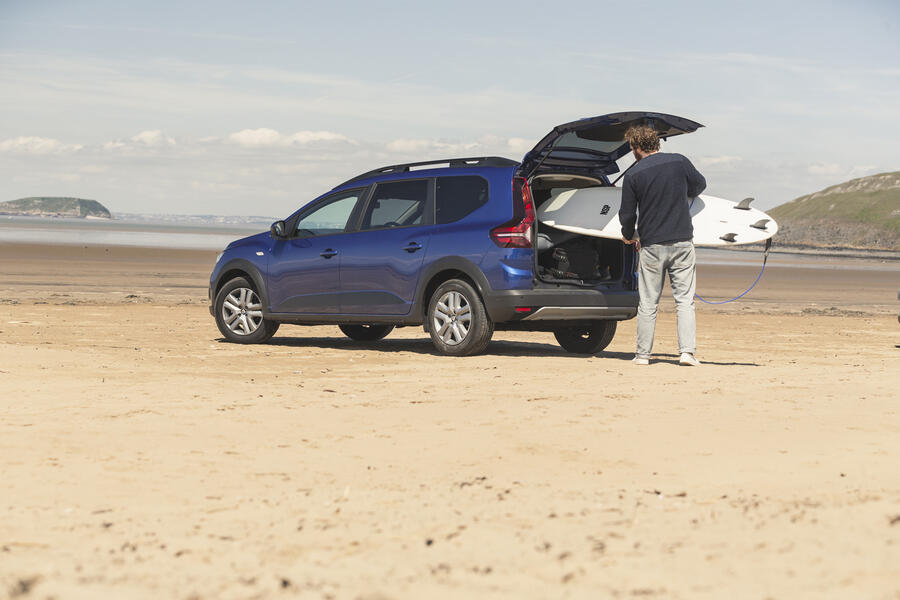
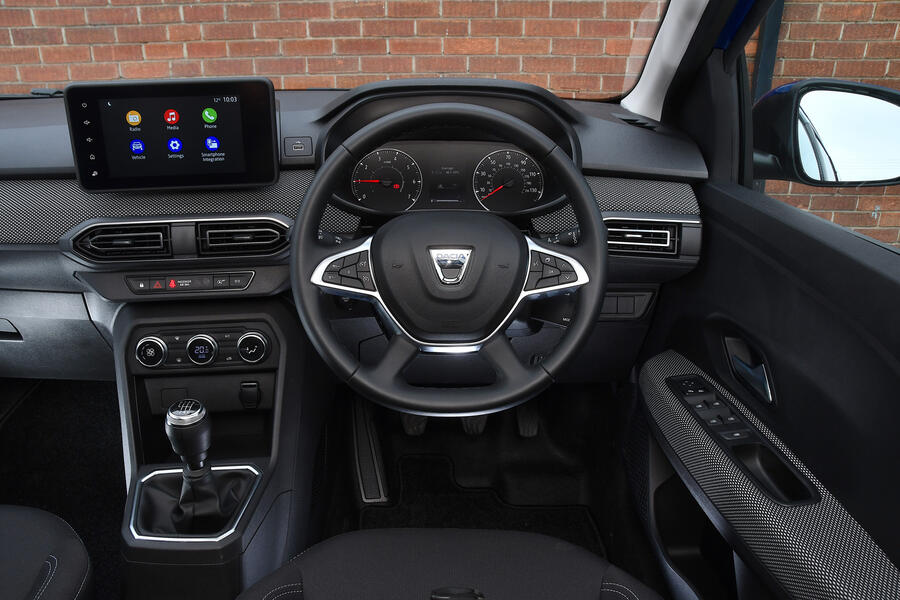

Join the debate
Add your comment
Upselling, £300 for a spare wheel, £300 for a small service a case of upselling it seems. Either way when a journalist uses the words downright dangerous I would steer clear, unlike the car.
There seem to be plenty of these available new (with small discount) or with delivery miles suggesting sales are not as strong as one would expect. This sounds like a great car for those needing a basic, affordable, useful new vehicle - so I suppose the lack of sales reflects the current cost crisis.